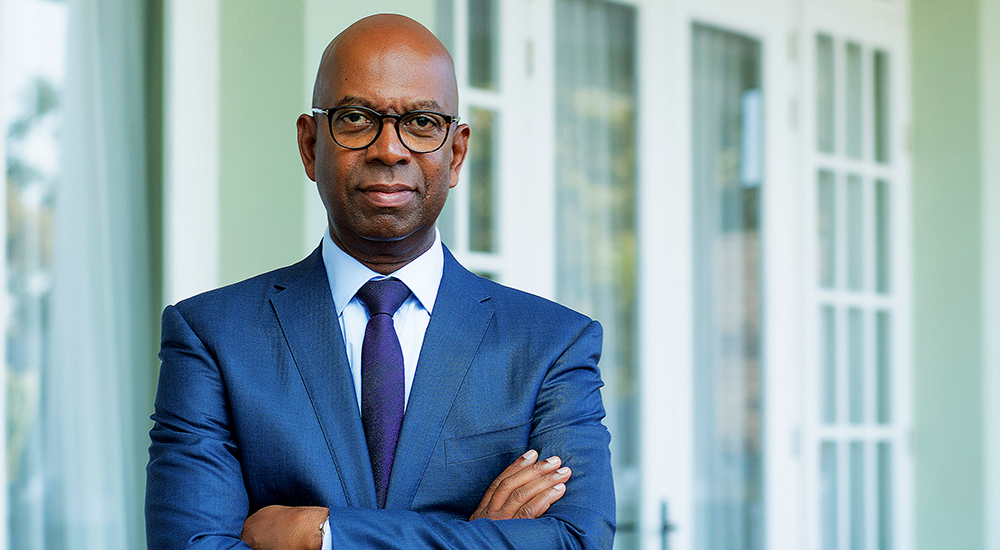Customer demands are constantly evolving and will not slow down. To keep pace with this, operators have been managing digital transformation, seamless omni-channel experiences and embedding the voice of the customer into their operations. However, with technology evolving faster, growing competition and greater consumer standards, it is increasingly difficult to maintain pace with customers. This is all making operators connect with customers in new ways, through new channels, with new products.
Safaricom, the largest integrated telecommunication service provider in East Africa, has chosen Nokia’s Customer Experience Management on Demand to differentiate its services in Kenya and take its connection with customers to the next level.
Safaricom uses Nokia’s Customer Experience Management on Demand to understand and improve the daily network experience of each individual customer. It prioritises network investments based on customer experience insights including cell, MSISDN level details that guide decisions like which sites to upgrade first to 3G or 4G. Nokia’s Customer Experience Management on Demand has greatly improved investigation processes and insights for fraud and security teams.
Nokia’s Customer Experience Management is used to improve services for more than 25 million subscribers in Kenya by using Big Data technology to derive real time insights from network, customer and revenue touchpoints. With these insights, Safaricom is able to provide proactive customer care, resolve network issues, and prioritise capital expenditures. Safaricom uses Nokia’s Customer Experience Management on Demand to derive insights on voice, SMS and M-Pesa traffic, processing 214 billion data points per day. The team is currently adding mobile data capabilities.
Safaricom is using Nokia’s Customer Experience Management on Demand, with six content packs including Customer Experience Index, Customer Quality Insight, Customer Care Insight, High Value Customer Insight, Over the Top Insight and Service Quality Insight. Individual use cases for each user department are built on these content packs.
Nokia’s Customer Experience Management on Demand allows Safaricom to collect every customer’s network experience from network probes and is integrated to other internal systems including financial, customer data warehouse, customer relationship management and M-Pesa. The insights are actively used by Safaricom’s technology, customer care, finance, marketing, sales, and strategy teams.
The solution was deployed within 12 months with a pilot running in the first six months in the Western Kenya. By using Nokia’s Customer Experience Management on Demand, Safaricom has reduced the time it takes to:
- Retrieve subscriber records for customer care from 2 to 6 hours, reduced to 15 minutes
- Obtain customer satisfaction scores for the entire network, reduced from 30 days to near real-time
- Determine root causes for service degradation from 24 hours, reduced to 10 minutes
- Ensure network-related issues are put into context with a real time understanding of the customers impacted and their value to Safaricom
- Safaricom has started to proactively reach out to its customers who experience challenging network conditions assuring them that their concerns are known and being dealt with. As the biggest communication company in East and Central Africa, Safaricom services 25 million subscribers, providing over 200,000 touch points for its customers and offering over 100 different products under its portfolio. Safaricom has harnessed its proprietary fibre infrastructure to build a dedicated enterprise business, which provides managed IT services to clients in the East African region.
Safaricom pioneered commercial mobile money transfer globally through M-Pesa, the most successful service of its kind anywhere in the world. Launched in March 2007, M-Pesa now has over 23 million customers and over 100,000 M-Pesa Agent outlets countrywide. Listed on the Nairobi Securities Exchange with annual revenues in excess of Kshs 150 billion, Safaricom invested Kshs 32.13 billion in infrastructure in 2016, providing over 78% of Kenya’s population with 3G coverage and providing 2G coverage to 95% of Kenyans.


